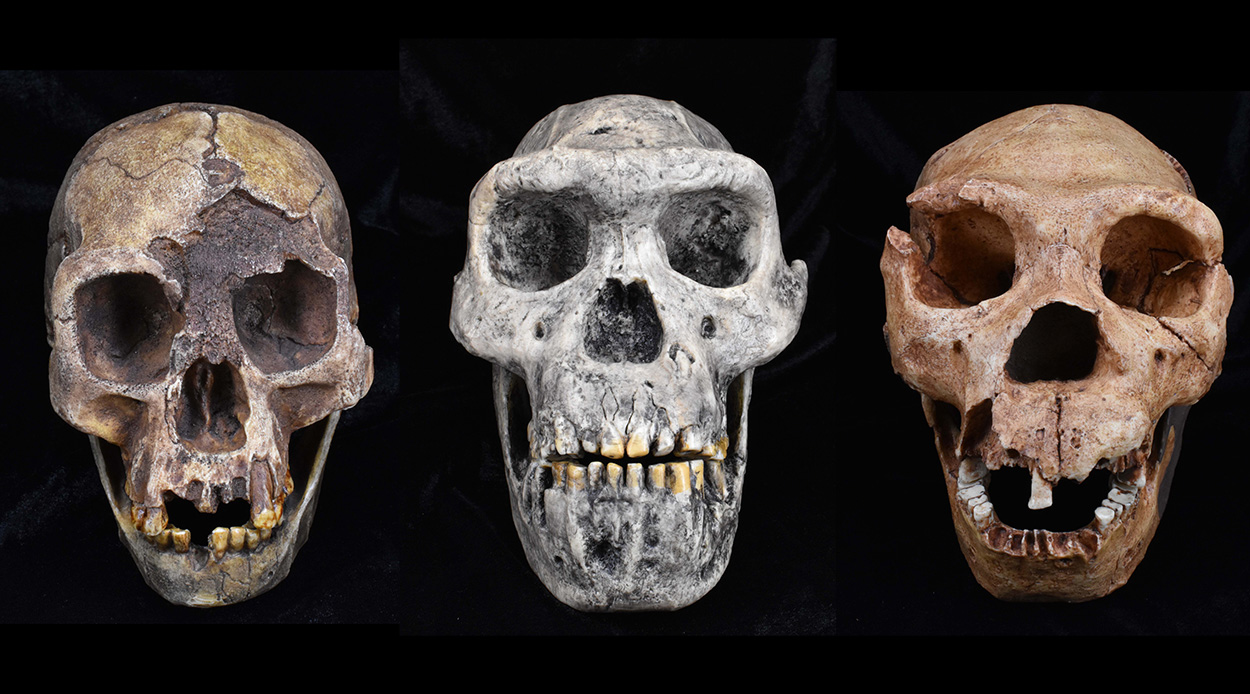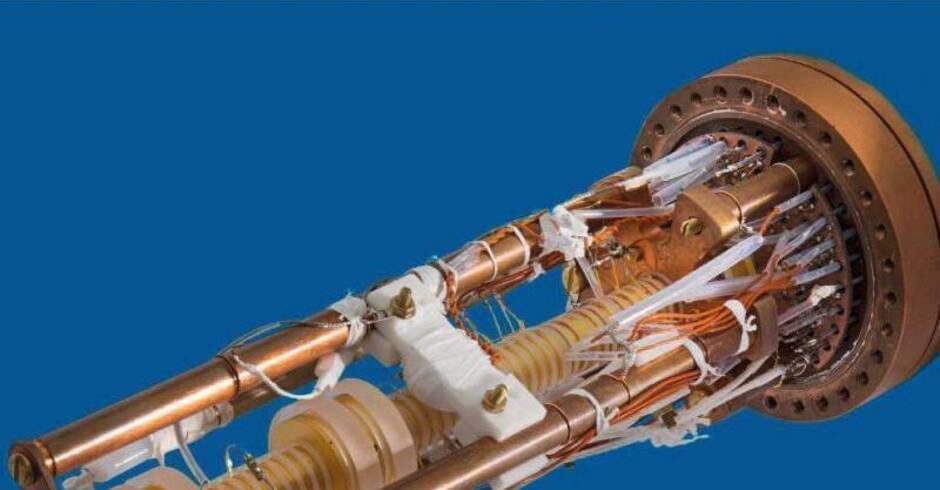The image shows the Penning trap, where the mass of protons and antiprotons was measured. Photo: Stefan Sellner, Stefan Ulmer / BASE-Collaboration / dpa
GENEVA (dpa) – In search of the origin of our existence, physicists at the European Organization for Nuclear Research (CERN) in Geneva have made a record.
However, the hope of explaining why matter and antimatter did not destroy each other during the Big Bang is currently dashed, Stefan Ulmer told DPA. The physicist is the founder of the Baryon Antibaryon Symmetry Experiment (BASE) at Cern, which deals with the properties of antimatter.
“We did not find any difference between protons and antiprotons that could explain the presence of matter in the universe,” said Ulmer of the German news agency (dpa). When measuring, the physicists compared the masses of protons and antiprotons to 11 decimal places. Olmer said that differences could not be ruled out at a more microscopic level and not yet measurable. The physicists published their results in the journal Nature.
Antimatter describes the antiparticles that exist for every building block in the world, the elementary particles. They have an opposite electric charge. When particles and antiparticles meet, the pair annihilates each other.
“In essence, it comes down to the question of the origin of our being,” Olmer said. “If we combine the Big Bang theory with the Standard Model of particle physics, there is no real reason for the universe to exist.” Because matter and antimatter must quench each other.
It turns out: if a proton and an antiproton are vibrated in a box, there will be nothing left. “It must have happened with the Big Bang — but it didn’t, because we are,” Olmer says. “Why do we exist?” Modern physics cannot answer it. “
One theory says that there is an asymmetry between matter and antimatter. In simple terms, if the protons are heavier than the antiprotons, then there will be fewer protons left in the event of a collision. The experiment at Cern revealed no difference in accuracy that previously could not have been achieved. “With a high degree of accuracy in the measurement, we ruled out that the difference between matter and antimatter depends on the difference in mass,” Olmer said.
Individual particles were measured in a 25 cm Penning trap, electromagnetic container. There the physicists were able to record and compare the oscillations of the proton and antiproton.
Next, they want to retest another theory about the difference between matter and antimatter: whether it is magnetic moment that differs from mass. The oscillation of the particles about its axis must be measured with improved accuracy. “We can now measure at least 10 times more accurately than before,” Olmer says.
According to Ulmer, physicists for the first time created an experiment that could investigate with the highest accuracy whether antimatter falls at the same speed as matter due to gravity. Primary result: antimatter reacts in the same way as matter. One day more accurate measurements may yield different results, Olmer said here too.
© dpa-infocom, dpa: 21005-99-592457 / 4

“Alcohol buff. Troublemaker. Introvert. Student. Social media lover. Web ninja. Bacon fan. Reader.”






More Stories
Competition shaped early human evolution – forschung.de
Help from Eching brings Finn's battle back to life
Science – Bocking – Blue tits: more unfaithful offspring among older males – Bavaria